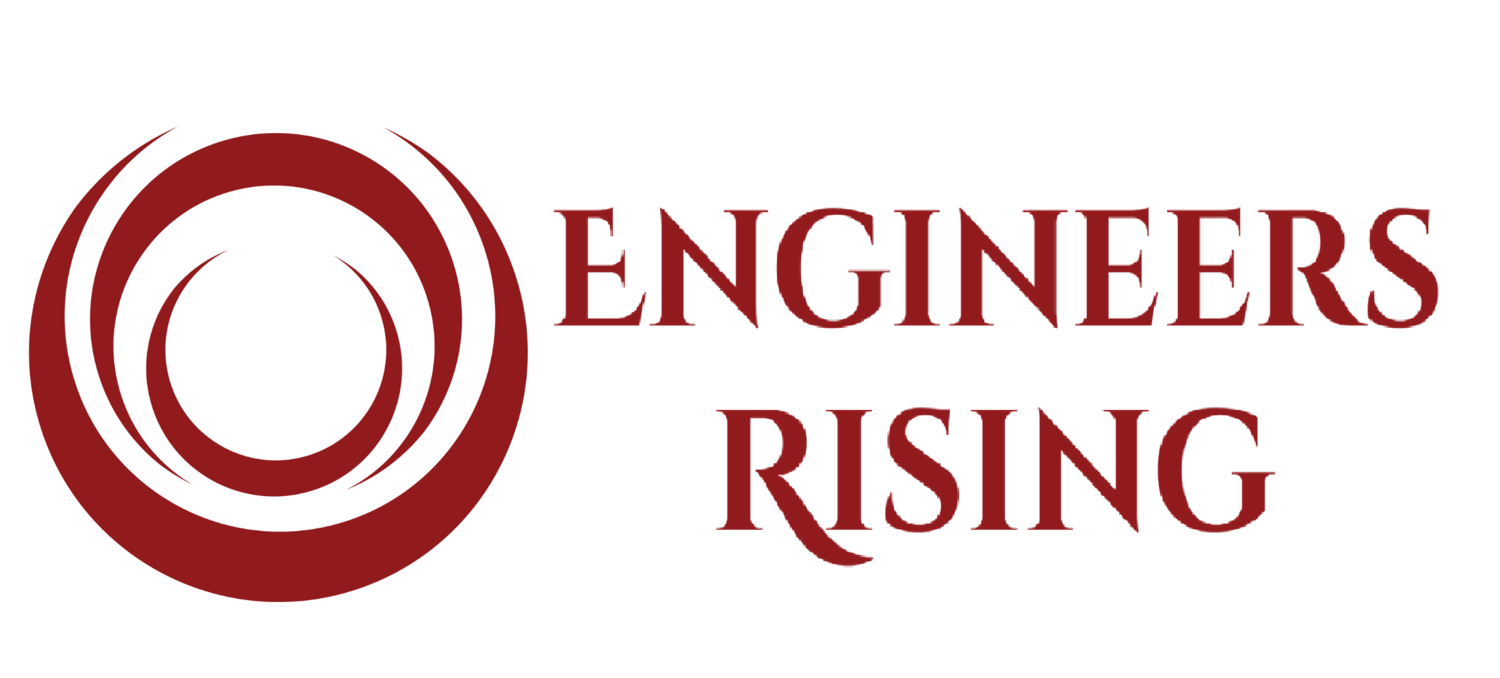“Can you help me with this dying?”
This was the text I received from my manager one afternoon. I knew my manager was in the midst of a meeting with clients at the time, but I immediately started to wonder if that text was meant for me, and the implications to the firm if my manager was in poor health.
It turns out that my manager’s phone had autocorrected a mis-spelled version of “deadline” to “dying”………but it was a valuable lesson to me to be aware of how we communicate at work. It is easier than ever to create confusion - instead of clarification - with your chosen method of communication.
With an ever-increasing number of ways to communicate electronically, it’s hard to know what to use. We have text, email, phone, video conference calls, in-person meetings, internal company messaging apps, and external apps like Slack. How do you know which to use?
In-person meetings always win for difficult conversations & problems that require an entire team to solve.
Interactions that enable you to both hear verbal communication and see body language will always be the most valuable interactions in terms of the amount of information that can be gleamed. Seeing the person with whom you are speaking both enables you to read between the lines and ask better questions in a way that other communication methods cannot.
If you having a difficult conversation, or a conversation where you really want to gain a lot of information, in-person is always the best and most efficient form of communication if you have a difficult or challenging problem to tackle in a team.
This is worth repeating. If you are having a difficult discussion or a challenging problem that must be solved by a team, you will waste hours - and possibly days and weeks - of time if you try to resolve it using email or any other method of virtual communication. This is especially true if the solution is likely to require a sketch of various options. Video conference is second best, but still will take more time.
Most of the time it’s not necessary or practical to have an in-person meeting. Many teams are remote, and many things can get done without the in-person meeting. Worse, I think many of us under 40 associate in-person meetings as being an unnecessary waste of time (which is certainly the case in a poorly-run meeting) and is outdated and not in keeping with current technology.
The wrong way to use email
Email and virtual communication abuse is rampant in many engineering organizations.
For example, I know a couple of engineers that are known for writing thesis-length emails. Others use emails to avoid confrontation when a face-to-face discussion or phone call would be much more appropriate. I’ve seen engineers sitting next to each other choose to email instead of talking to each other. There are also those that seem to believe “reply all” should be used for every email….even when saying “thank you.”
The right way to communicate
With this in mind, let’s look at how engineers should be communicating in the modern workplace if the goal is to get our message across in the most efficient way possible. Since body language provides more information than words, it is not a surprise that the most effective forms of work communications involve visual interaction. If effective communication is defined as getting your message across quickly and leaving little room for others to interpret your message differently than you intended, the following list – in order of effectiveness – should be used.
1. Verbal in-person communication is the best interaction type because it offers a richness of both verbal and nonverbal communication, which means there is the least chance for misinterpretations and/or misunderstandings of the information being shared. It allows for the use of emotional intelligence to ask questions based on nonverbal cues, which will result in better information sharing. This type of communication should always be your first choice if you need to have either a difficult or a complicated conversation. Examples can include delivering bad news or asking for a raise.
2. Video conferences allow you to see the people with whom you are communicating. This is more effective than other forms of virtual communication and can be very close in effectiveness to No. 1. However, its effectiveness can be diminished by video quality, audio quality, and lighting of the room or computer. Nuances of body language can be lost in some cases as well.
3. Phone calls should be your first choice of communication if No. 1 and No. 2 are not available and an item requires discussion.
4. Email is most appropriate when summarizing conversations or short answers. However, for many of us, it has become our default method of communication. The average person receives eighty-eight emails per day, and researchers have found that constantly responding to emails has tanked our productivity levels. A study of 1,000 white-collar workers showed that they checked email for 4.1 hours per day each day during the work week. How much real work can you get done if you are constantly checking email?
Email should never be used for difficult conversations because it is simply too easy to misinterpret. We have all received emails that we spent hours second-guessing: “What did she mean by that?” Email should also not be used for a long conversation. If you’ve sent two emails about one subject and a question is not resolved, you need to elevate the communication level to the No. 1, No. 2, and/or No. 3 methods. Otherwise, you are simply wasting time.
5. Texting or chatting is great for friends, family, and coworkers (many companies have set up an informal chat to facilitate cross-company communication). However, texts should generally be avoided for both groups and external business communication. Unless your client has expressed a preference for text messages, never send your client a text. Similar to email, it is easy to misinterpret if it is anything but a transactional comment. Exceptions can include quick check-ins (i.e. “I’m at the site now, are you on your way?”)
The platinum rule of communication
The one cardinal rule of effectively communicating at work is to follow the platinum rule: Communicate with others as they want you to communicate with them, not in the way you want to communicate.
If you are not sure how someone would like to be communicated with, ask and be prepared to compromise! If your client prefers a phone call but you prefer email, call them and follow up with an email. An older colleague may prefer a phone call while an engineer fresh out of college may want a text (you can even send a text that says “can we have a quick phone call”.
It is your responsibility to change how you communicate to meet your audience’s needs if you want your message to be heard. If you find yourself feeling like no one is listening to you at work, chances are you need to look in the mirror and consider if the communication style you are using most is the most effective way to share your message.






